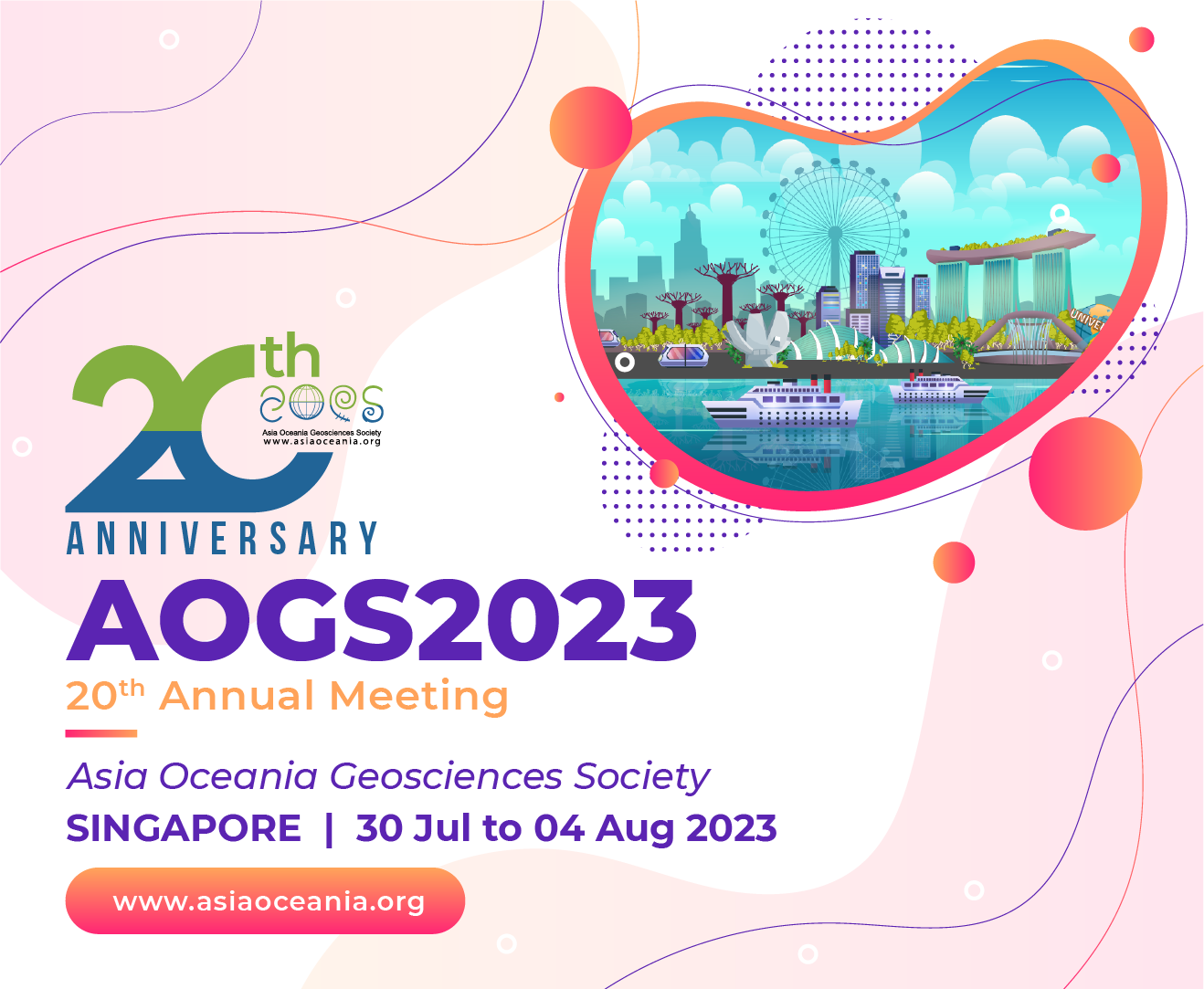

John C. H. CHIANG
University of California, Berkeley
John Chiang is a Professor in the Department of Geography at the University of California, Berkeley. John obtained a B.Sc. in Physics and Mathematics at the University of the Witwatersrand, a M.S. in Physics at Cornell University, and a Ph.D. (awarded with distinction) in Earth and Environmental Sciences at the Lamont-Doherty Earth Observatory of Columbia University. He was a NOAA Climate and Global Change postdoctoral fellow at the University of Washington before he started his faculty position at UC Berkeley. John served as co-Chief Editor of the Journal of Climate from 2015-2019 and was a member on the Board of Atmospheric Sciences and Climate of the National Academies from 2019-2022.
John’s research is on large-scale and regional climate dynamics working on both contemporary and paleoclimate research questions, and with a focus on understanding mechanisms of rainfall changes. His research of note includes the discovery of an atmospheric teleconnection of high-latitude thermal forcing to the Intertropical Convergence Zone that explained the paleoclimate connection between Greenland stadials and tropical rainfall shifts; and the discovery of the Pacific Meridional Mode, an interannual ocean-atmosphere mode in the tropical Pacific linked to the forcing of ENSO and to climate impacts in the Pacific sector. His group’s research has also advanced the critical role of the westerlies impinging on the Tibetan Plateau in forming the unique seasonality of the East Asian Summer monsoon, and its role in rainfall changes over East Asia in the past, present, and future.
Axford Lecture | 31 July (Mon) 3:30 PM – 5:15 PM | Level 3 Nicoll
A Role for Orbital Eccentricity in Earth’s Seasonal Climate
Abstract: The seasonality of Earth’s climate is driven by two factors: the tilt of the Earth’s rotation axis relative to the plane of its orbit (hereafter the tilt effect), and the variation in the Earth-Sun distance due to the Earth’s eccentric orbit around the Sun (hereafter the distance effect). The distance effect is assumed to be small given today’s small orbital eccentricity and thus the seasonal cycle is attributed to the tilt effect (and usually without question). However, based on some recent findings by the author and collaborators on the seasonality of the Pacific cold tongue, I argue that the distance effect is not small for some regional climates even for today’s orbital configuration, and thus its influence needs to be considered. There is a characteristic large-scale circulation associated with the distance effect, which is a seasonal longitudinal shift in the Walker circulation responding to thermal contrasts between the hemisphere centered on the Pacific Ocean and the hemisphere opposite to it. This seasonal shift produces knock-on effects, including driving an annual cycle of the Pacific cold tongue that is distinct from the one driven by the tilt effect. The larger message that I hope to convey is that the distance effect should be treated as an annual cycle forcing in its own right; and that by separately considering the tilt and distance effects on the Earth’s seasonal cycle, new insights into the workings of our climate system can be gained.
